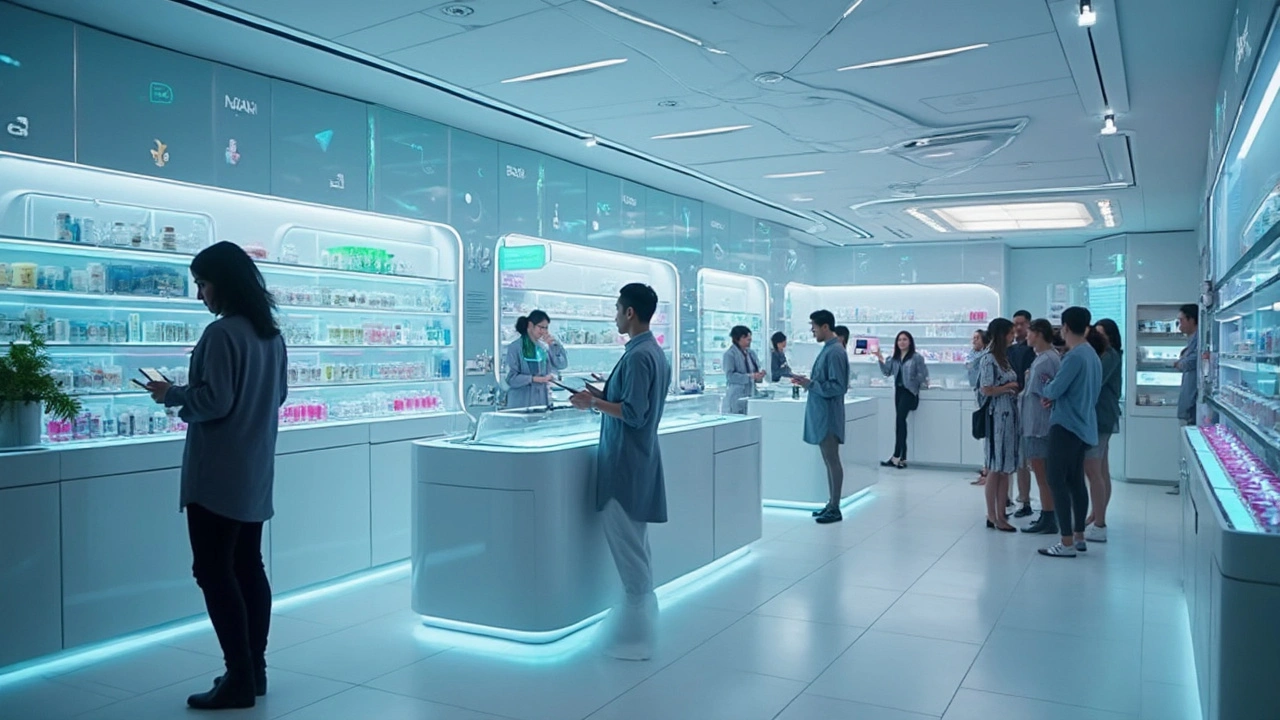Prescription savings: how to pay less for meds
Prescription costs add up fast. If you're tired of high copays or surprise pharmacy bills, there are clear steps you can take right now to save money—without risking your health. Below are practical, proven strategies people use every day to cut drug costs.
Choose generics and therapeutic alternatives
Ask your doctor or pharmacist if a generic version exists. Generics contain the same active ingredients and usually cost a fraction of brand-name drugs. If a generic isn’t available, ask about therapeutic alternatives—different drugs in the same class that treat the same condition for less. Make the swap only after talking with your prescriber to keep things safe and effective.
Also consider changing the dose form or strength if it saves money. For example, a 90-day supply of a stable medication often costs less per dose than monthly fills. Mail-order pharmacies and some retail chains offer discounts for 90-day supplies, which also cuts trips to the pharmacy.
Use coupons, discount cards, and price comparison tools
Before you fill a prescription, compare prices. Price-check sites and apps show cash prices across nearby pharmacies. You might find huge differences—sometimes hundreds of dollars. Many pharmacies accept manufacturer coupons, downloadable vouchers, or free discount cards that reduce out-of-pocket costs even if you don’t use insurance.
Stacking options can work: use a manufacturer coupon or coupon card for brand drugs, or a pharmacy’s loyalty program for extra savings. If you have insurance, check whether paying cash with a coupon is cheaper than using your plan—sometimes it is.
Patient assistance programs and manufacturer co-pay cards can dramatically lower costs for eligible people, especially for specialty medicines. Nonprofits and drug makers often have programs for low-income patients or those without adequate insurance. Contact the manufacturer or search for assistance programs for your specific drug.
Other quick tips: ask your prescriber for samples if you’re starting a new drug, check community clinics for low-cost prescriptions, and see if state or local programs can help with chronic conditions. For some meds, pill splitting (cutting higher-dose tablets in half) saves money—only do this if the tablet is safe to split and your doctor approves.
Finally, be transparent with your healthcare team. Say you can’t afford a drug—doctors and pharmacists often know cheaper options or programs that can help. Small changes—switching to a generic, using a coupon, or getting a 90-day supply—add up fast. Try one or two tactics this month and compare your savings at the next refill.
If you want, I can help check typical ways to save on a specific medication or point you to price comparison tools and patient assistance resources tailored to your drug.
Top Alternatives to SingleCare.com in 2025: Ensuring Affordable Healthcare
Looking for alternatives to SingleCare.com? In 2025, healthcare options are more diverse than ever. From trusted platforms with comprehensive drug information to services focusing on affordability and savings, the landscape is rich with choices. Explore these cutting-edge alternatives to find the best fit for your medication needs, ensuring you get medicine without breaking the bank.

